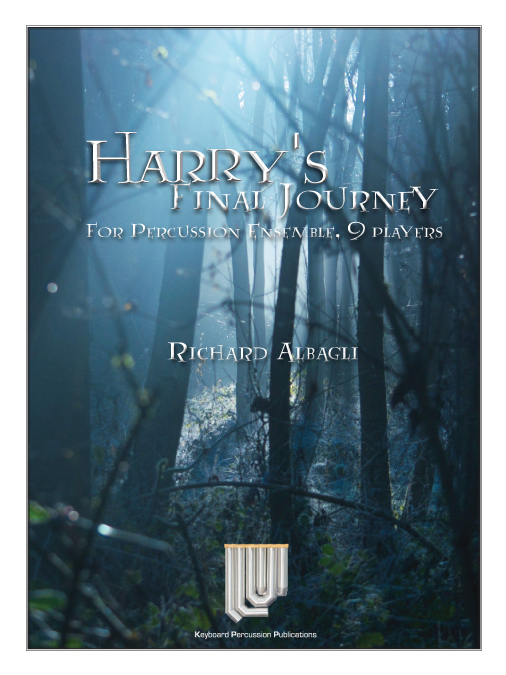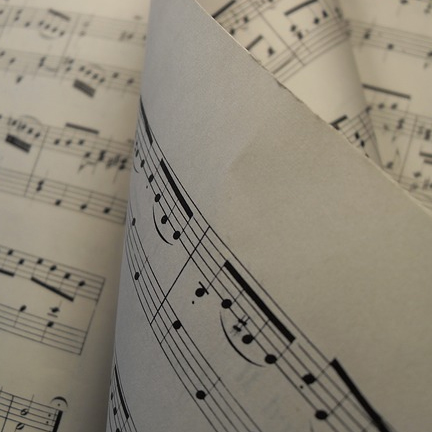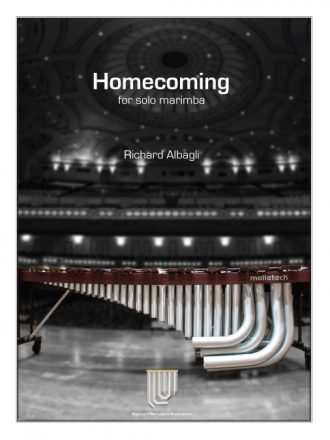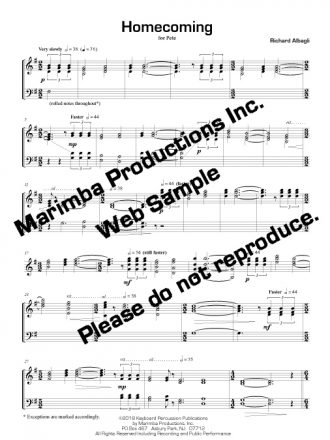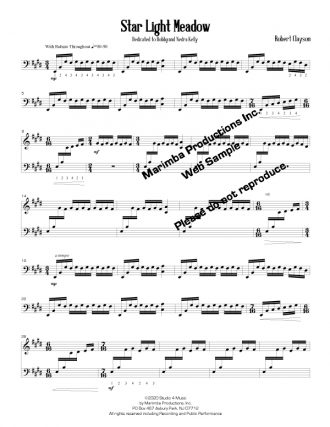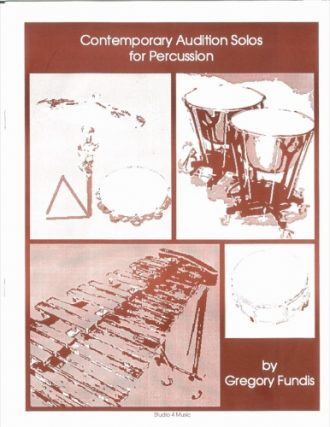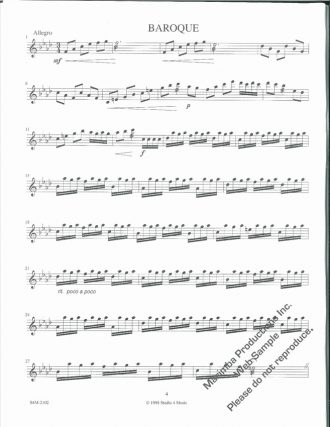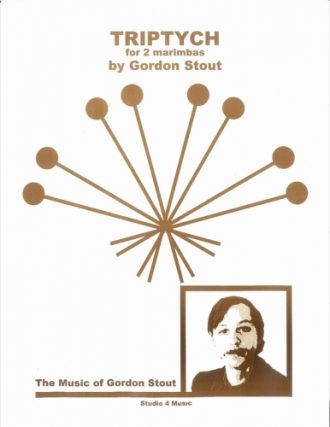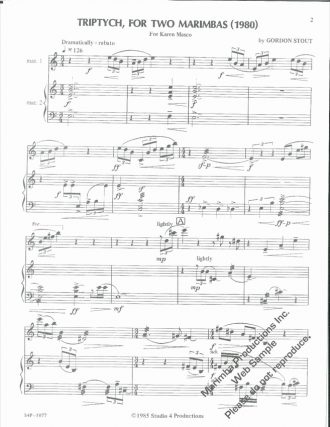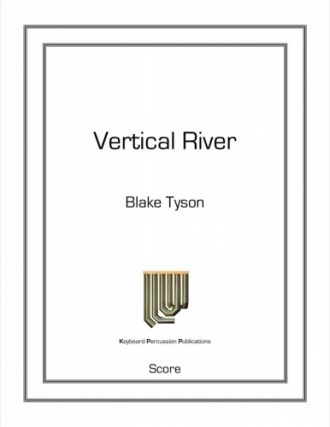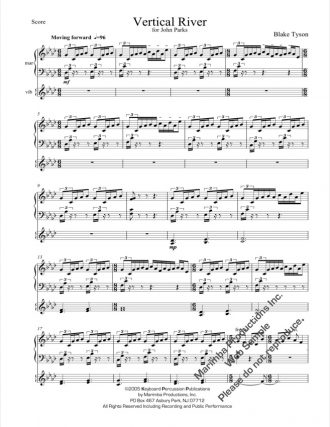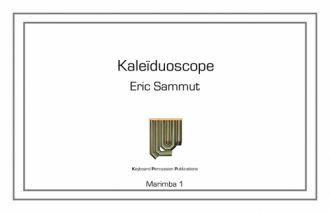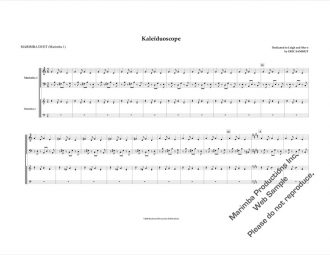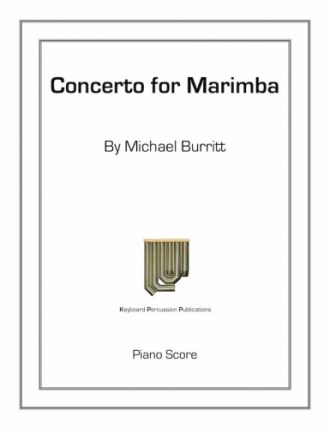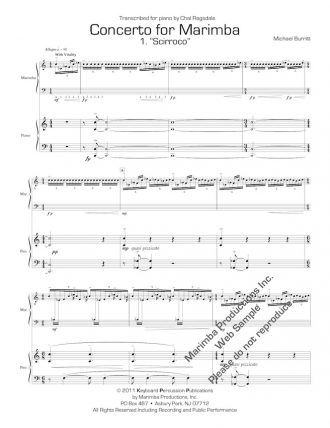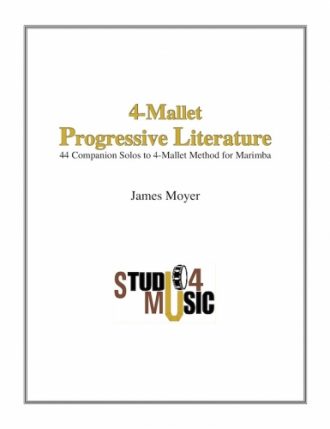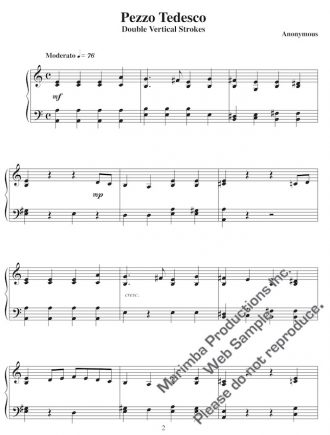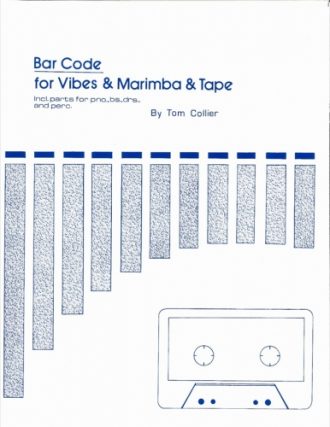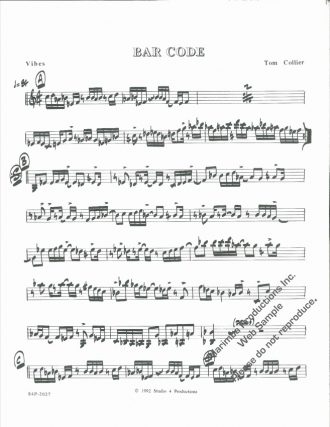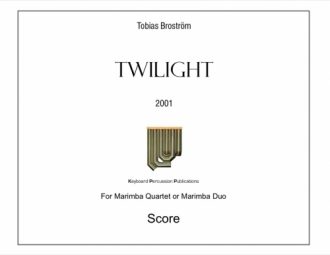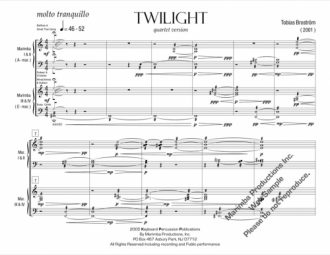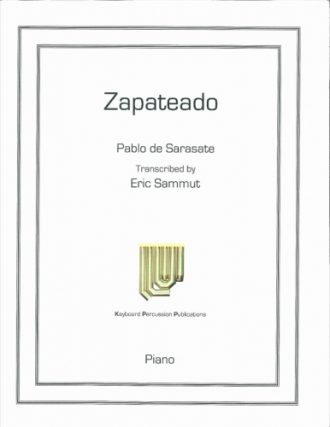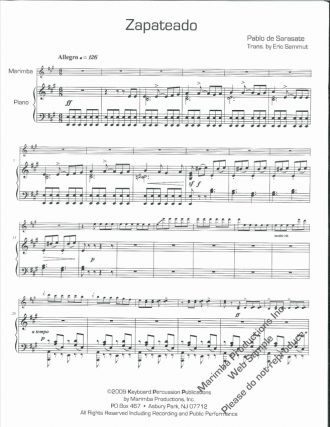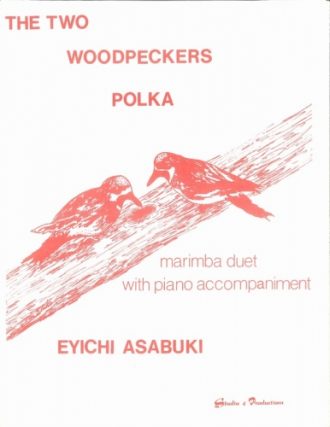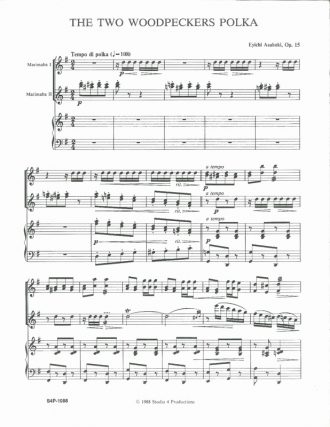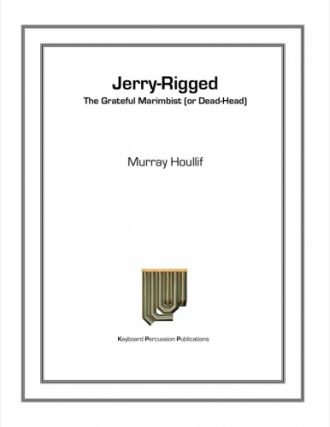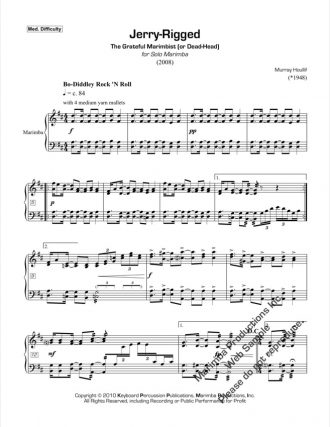Harry’s Final Journey is based on the scene late in the novel Harry Potter and the Deathly Hallows when Harry, realizing that he must die in order for Voldemort to ultimately be destroyed, makes his way alone from the Hogwarts castle to the forest where Voldemort and death await him. At the edge of the forest he finally understands the significance of the parting gift he had been given by Dumbledore, his deceased headmaster: The Resurrection Stone. He turns it three times and he finally experiences the presence of his parents, who had died to save him those many years ago — “less substantial than living bodies, but much more than ghosts.” And for the first time in two years, Harry, who had borne the burden of the whole magical world in defying the evil wizard, could put down that burden and be a young boy again. The passionate love he feels for his parents, the release he experiences from his overwhelming responsibility comes across. The emotion inherent in the music comes through especially as Harry asks, “You’ll stay with me?” and he hears the words of warmth and comfort, “Until the very end.” Harry, his courage renewed, continues his journey into the forest to confront Voldemort and without resistance face the killing curse that will take him out of this life — to where? Ah, that is another story.
*NOTE: Harry’s Final Journey is an original composition by Richard Albagli and is solely based on the novel Harry Potter and the Deathly Hallows. This piece does not reference nor contain musical quotes from John Williams’ scores found in the Harry Potter films.
First performed in the heyday of the Harry Potter books, “Harry’s Final Journey” by Richard Albagli is a programmatic work that takes its story straight from J.K. Rowling’s final chapter in the Harry Potter saga. “Harry’s Final Journey” is a musical adaptation of Harry Potter’s final steps toward fighting Lord Voldemort after Harry learns he must die to defeat the evil wizard.
Musically speaking, Albagli’s composition is reminiscent of Berlioz’s “Symphonie Fantastique,” not only for fixating on melodic motives and including a narrative, but also for effectively using his instrumentation sparsely at times, holding the full forces for the most dramatic moements. The work is written in a ternary (ABA) form, bookended with an exciting theme featuring sextuplet figures in the sanre drum, toms, and marimba. The opening material is driven by timpani, playing the half-note pulse that eventually builds in excitement as instruments enter and combine together. The middle section is an elongated chorale, led by the marimba voices with color added by the glockenspiel, vibraphone, and mark tree. The return of the A theme leads quickly to the coda of the work, where the players in the ensemble all shout in unison the killing curse, “Avada Kedavra.” The piece ends with a shrill roll on all high instruments, leading into a strong fortissimo release with drums.
“Harry’s Final Journey” has all the elements to make a strong concert work: an exciting buildup that uses additive instrumentation and rhythms to increase tension, a lyrical ballad section that helps to bring a more emotional connection to the piece, a forceful finale brought about through a vocalized killing curse, and a nostalgic connection for those readers and viewers who hung by every word of J.K. Rowlingg’s beloved books.
At around seven minutes, Albagli’s work is great for a high school ensemble, especially given the connection with the new movies that are still upcoming in the “Fantastic Beasts” prequels.
-Matthew Geiger, Percussive Notes, July 2019

